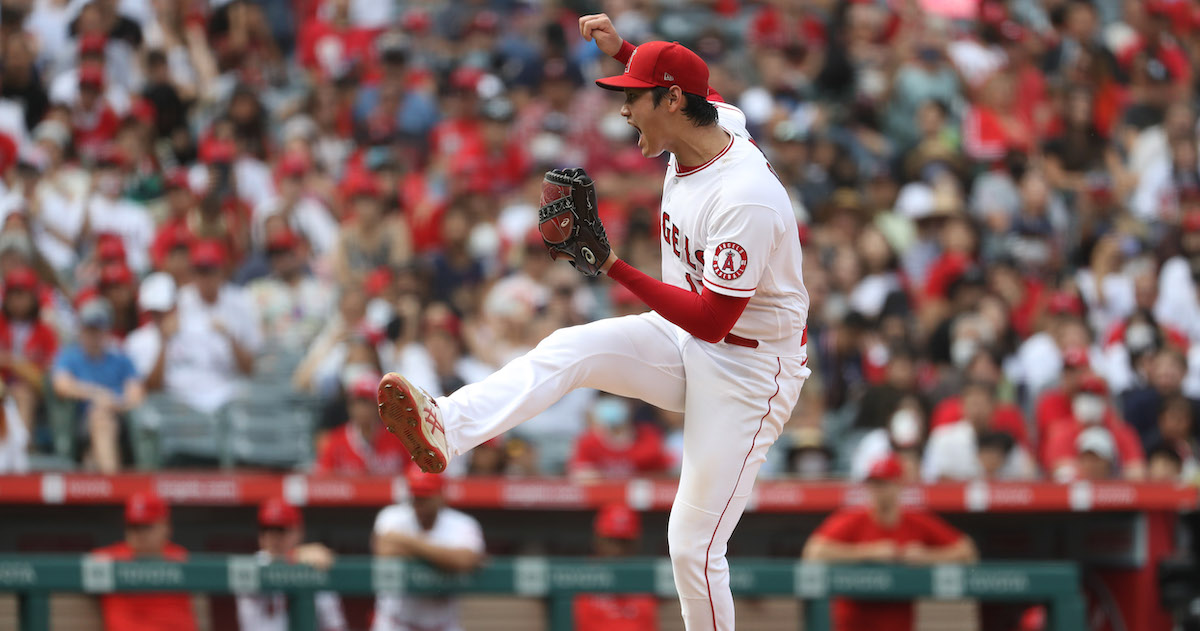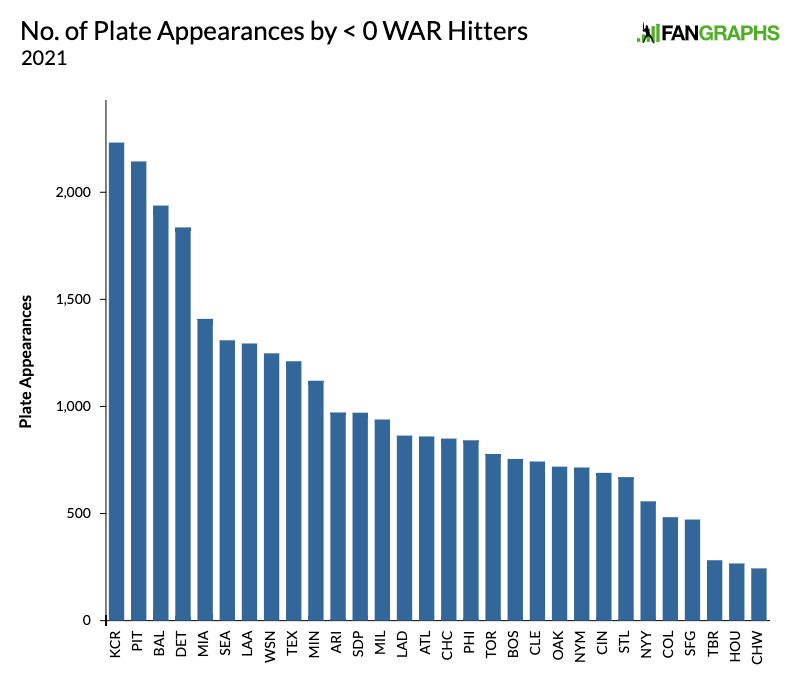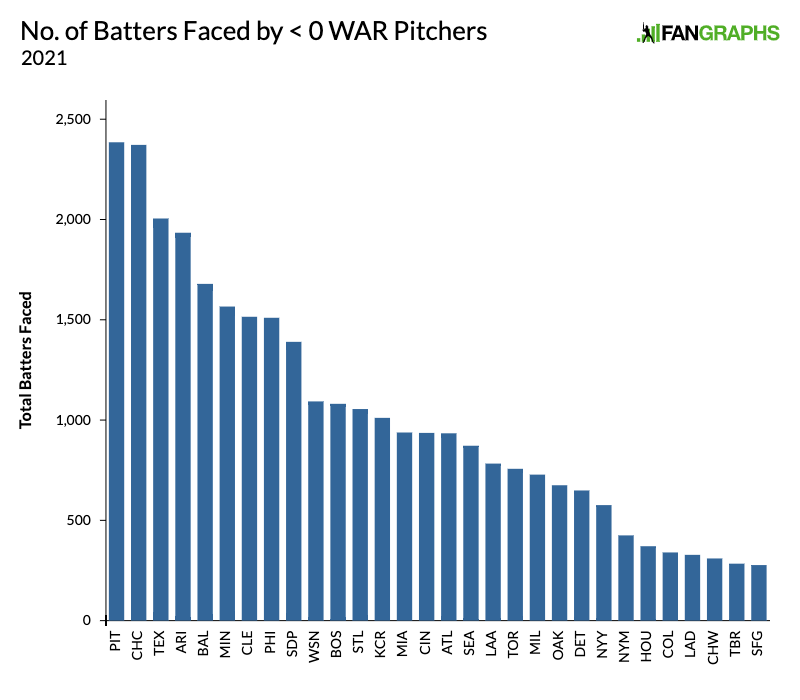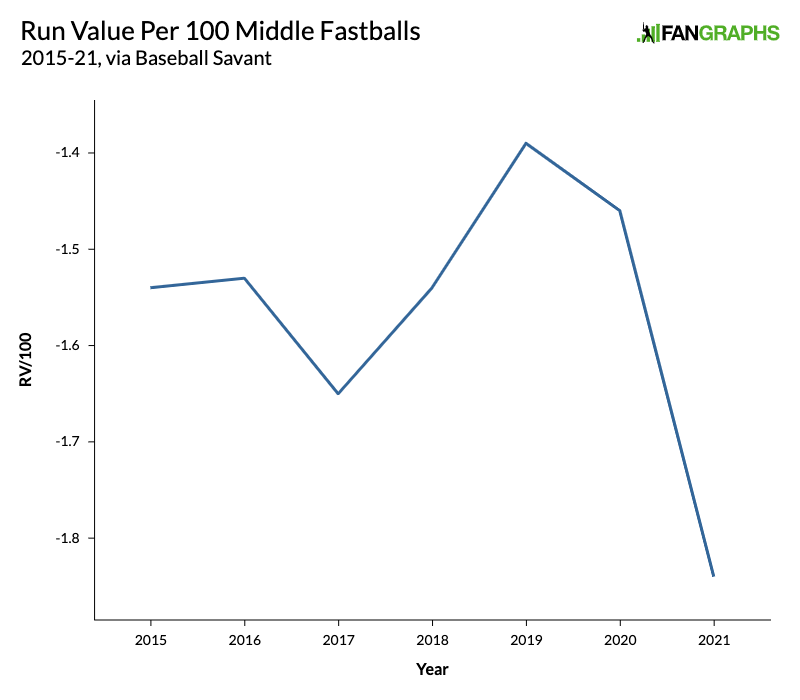What Banning the Shift Does And Does Not Accomplish
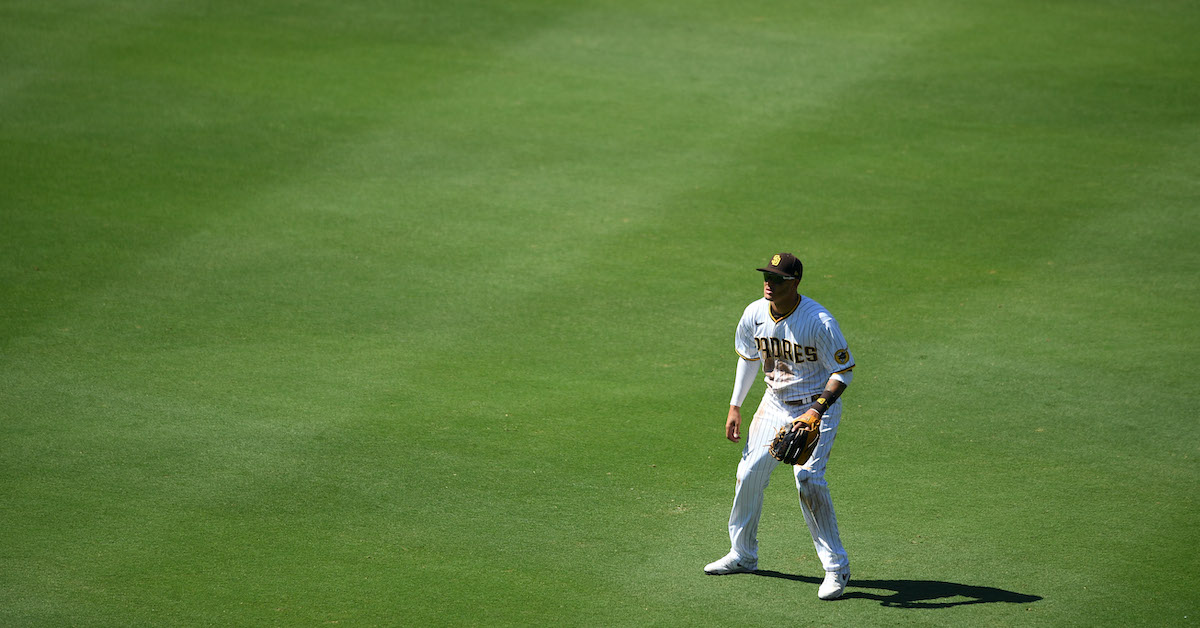
While the discourse surrounding the details of a new CBA has largely focused on economic issues, Sunday offered a glimpse into its potential impact on the playing field. In their proposal that day, the MLBPA agreed to grant the commissioner the ability to implement a pitch clock, larger bases, and restrictions on the shift for the 2023 season with less offseason notice than previously allowed (45 days compared to a year), per Evan Drellich of The Athletic.
Though no element of the new CBA has been finalized, it does seem likely that the league will be free to experiment with rule changes, given little incentive on the players’ part to resist them when broader matters are at stake. Already, there’s been speculation about how they’ll impact the game, with much of it concerning the demise of the infield shift. On the fantasy side, articles have popped up analyzing which hitters would benefit. On the social media side, there have been memes — lots of them.
On the FanGraphs side — well, let’s give it a shot! It’s a few days overdue, but late is better than never. There’s no guarantee that the commissioner will outlaw infield shifts, but if he does, what happens? Will the game be nudged in the right direction, or will its supposed problems worsen instead? What do we want out of a plan to ban the shift, anyways?
A huge part of it isn’t related to any numbers, but rather aesthetics. Consider how baseball is both a symmetrical and stationary game. It’s true that team sports designate positions to players corresponding to offensive or defensive roles, but in most cases, they come with the freedom to mingle and roam about. In soccer, varying formations are regarded as tradition, not experimentation. In football, there are seemingly endless amounts of routes and passes for teams to implement. In hockey, they play hockey.
Baseball is different. For decades, fielders have remained loyal to their assigned districts, moving only to respond to an incoming ball; even then, they take caution so as not to disrupt an adjacent teammate. Fans, players, and coaches have long understood this. The shift, in this context, is an incongruity that evokes a feeling of discomfort. When a hitter sends a ball through a gap created by an infield shift, we tend to focus on the aberration (the shift) rather than the outcome (a base hit). Likewise, when a line drive is snared by a second baseman in right field, the same out appears unnatural. It’s no wonder numerous fans want the shift gone. It’s also no wonder that they attribute this disruption of baseball’s law and order to a myriad of issues. Read the rest of this entry »


